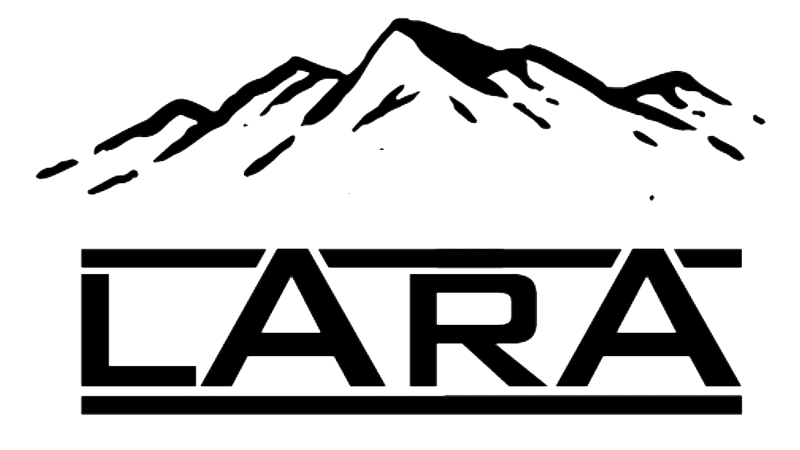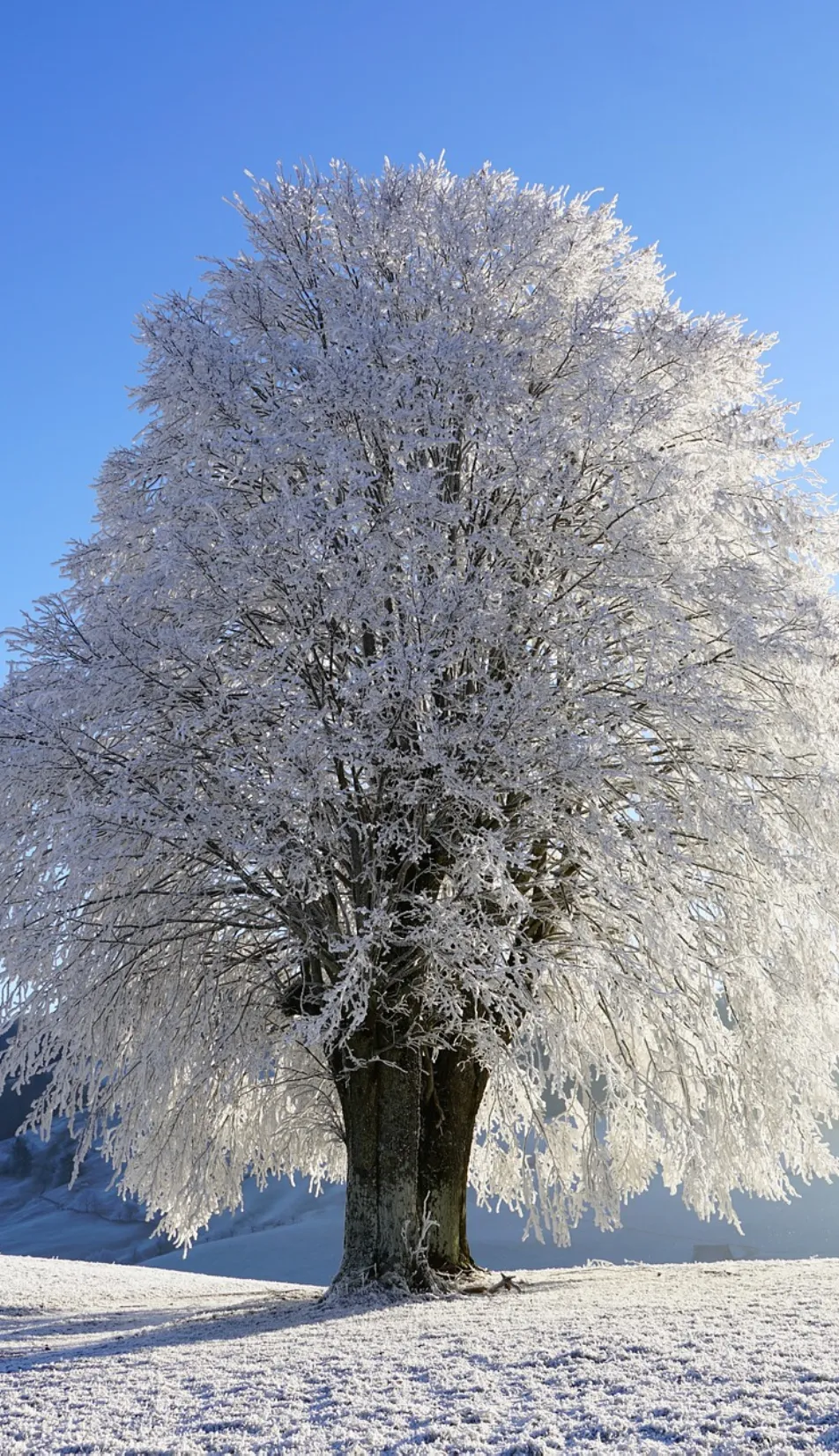Welcome to LARA!
Viewing the snowpack is one of the most important tools for assessing avalanche danger. However, obtaining information from the snowpack requires the collection of suitable data and its accurate evaluation, which is fraught with uncertainty for many mountaineers. The LARA app offers support in this process by prompting users to enter the necessary data step by step and guiding them to their own assessment, which they can then compare with an assessment generated by LARA based on the entered data. This provides local information on the snowpack, which can be a valuable aid for other mountaineers when planning their tours, as the recommendations of the official avalanche warning service, which apply to very large areas, are supplemented and made more specific by local information.
LARA is the result of the “Systematic Snow Cover Diagnosis” developed by Georg Kronthaler (G. Kronthaler, Safety in the Mountains, 2003). This method consists of the so-called “small block test” and the systematic evaluation of its results on the one hand, and the so-called “process thinking” on the other, which addresses the question of the transferability of the block test results to a larger area. The algorithm underlying the app is based on scientific work and the experience Georg Kronthaler has gained over the past decades.
LARA as an aid in data collection and evaluation
✔ The basis for obtaining local information with LARA is the conduct of the so-called “small block test,” which can be used to draw conclusions about the properties of any weak layers and the overlying snow layer. LARA provides guidance for a systematic interpretation of the results of the “small block test.”
✖ Sound prior knowledge of the so-called “small block test” is a prerequisite for using LARA and is not taught by LARA.
✖ The extent to which the block test results can be transferred to a larger area requires further consideration based on so-called “process thinking,” which is not the subject of LARA. Therefore, LARA does not make any statements about the accessibility of the area.
LARA as a control instrument
✔ The user can compare the assessment of the risk potential made after data collection using the “Small Block Test” with an assessment generated by LARA for control purposes.
✖LARA cannot control the data entered by the user, but requires accurate data collection by the user when generating a rating.
LARA as an information source
✔ The data stored in LARA – i.e. the personal assessment of the local avalanche danger by the active users as well as the available general information on snow conditions and snow quality in the respective regions – provide each user with a basis for orientation for their tour planning and execution.
✖ LARA does not replace the daily avalanche report from the official avalanche warning services, nor does it replace the mountaineer’s own assessment of the avalanche danger on-site. LARA also does not relieve the mountaineer of the obligation to comply with the standard rules of conduct of the alpine associations.
LARA for documenting decision-making processes
✔ Decision-makers who require documentation for liability reasons can use LARA to establish the basis for their decision-making.
✖ LARA only stores data temporarily for 24 hours; for permanent data backup, the user must take a screenshot of the website or on a mobile device.
The provider assumes no liability for the accuracy, quality, completeness, or reliability of the content posted by users. Access to or use of the areas described or indicated on the app is at your own risk.

